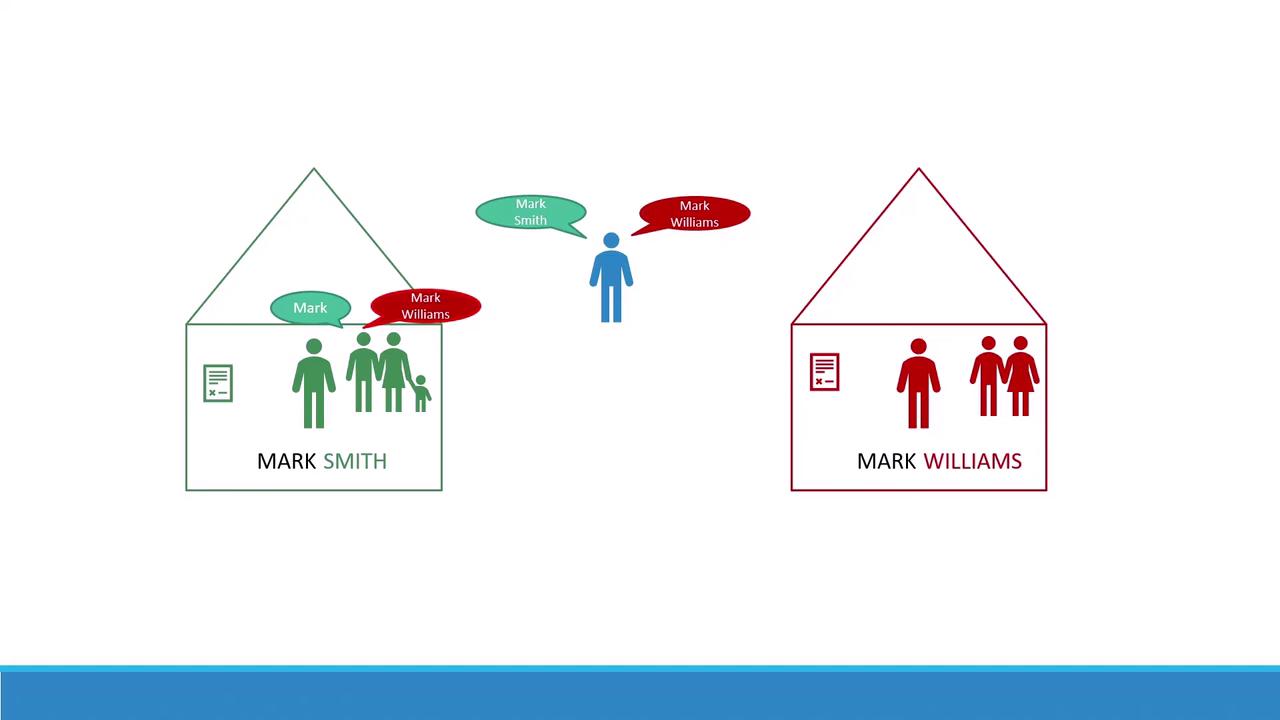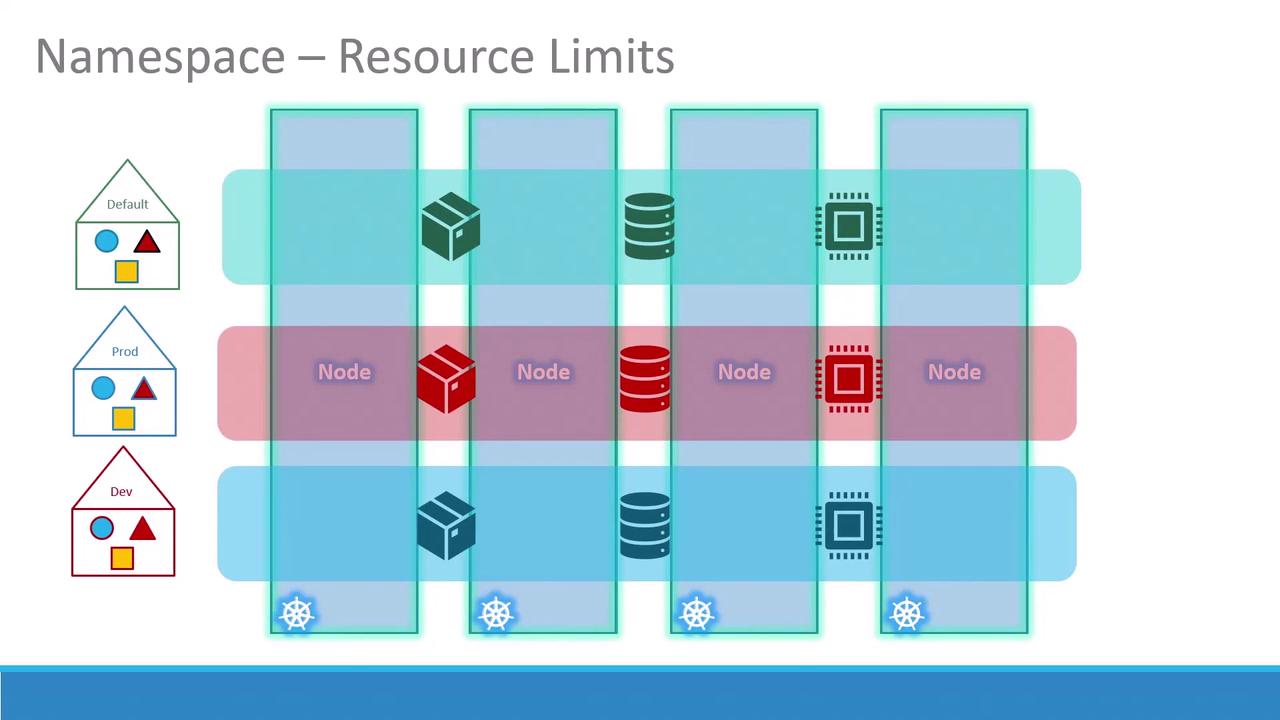Kubernetes and Cloud Native Security Associate (KCSA)
Kubernetes Security Fundamentals
Isolation and Segmentation Namespace
Efficient cluster management and security often start with isolating workloads into distinct environments. In Kubernetes, namespaces provide this isolation, much like separate houses in a neighborhood. In this guide, you’ll learn how namespaces work, how to interact with them using kubectl, and how to enforce resource boundaries.
An Analogy: Two Marks, Two Houses
Imagine there are two boys both named Mark. To avoid confusion, one goes by Mark Smith and the other by Mark Williams. They each live in separate houses: the Smiths’ house and the Williams’ house. Inside a house, family members simply say “Mark.” But when talking to someone outside, they use the full name.
![]()
When someone from outside needs to address a Mark, they must specify which house:

This is exactly how Kubernetes namespaces operate: each namespace holds its own pods, services, and rules, preventing naming collisions and enabling fine-grained policy application.
What Is a Kubernetes Namespace?
A namespace in Kubernetes is a virtual cluster backed by the same physical cluster. Namespaces help you:
- Isolate workloads and resources
- Organize environments (e.g.,
dev,staging,prod) - Enforce resource quotas and access controls
Default Namespaces
Kubernetes creates several namespaces out of the box:
| Namespace | Purpose |
|---|---|
| default | Standard namespace for user workloads |
| kube-system | Core components and add-ons (DNS, network plugins, controllers) |
| kube-public | Read-only namespace for publicly accessible resources |
Note
If you’re experimenting or running a small cluster, you can operate entirely within the default namespace. In production, separate namespaces (dev, prod, etc.) improve security and resource governance.


Service Discovery and DNS
Within the same namespace, services can discover each other simply by name:
# Connect to a local service in the default namespace
mysql.connect("db-service")
To reach a service in another namespace—say dev—use the fully qualified domain name:
mysql.connect("db-service.dev.svc.cluster.local")
Kubernetes automatically provisions DNS entries in the format:
<service>.<namespace>.svc.cluster.local
svcis the services subdomaincluster.localis the default cluster domain
Tip
You can customize the cluster domain via the --cluster-domain flag in kubelet and kube-apiserver configurations.
Working with Namespaces in kubectl
1. Listing Resources
# Pods in the current namespace (default)
kubectl get pods
# Pods in kube-system
kubectl get pods --namespace=kube-system
# All pods across all namespaces
kubectl get pods --all-namespaces
2. Creating a Pod in a Specific Namespace
Given pod-definition.yml:
apiVersion: v1
kind: Pod
metadata:
name: myapp-pod
labels:
app: myapp
tier: frontend
spec:
containers:
- name: nginx
image: nginx:latest
Create in the default namespace:
kubectl create -f pod-definition.yml
Or in dev:
kubectl create -f pod-definition.yml --namespace=dev
To bake the namespace into your manifest:
metadata:
name: myapp-pod
namespace: dev
3. Defining a Namespace
Option A: A YAML manifest (namespace-dev.yml):
apiVersion: v1
kind: Namespace
metadata:
name: dev
kubectl apply -f namespace-dev.yml
Option B: One-liner:
kubectl create namespace dev
4. Switching Context Namespace
Rather than appending --namespace=, set a default in your current context:
kubectl config set-context --current --namespace=dev
Warning
Switching contexts affects all future kubectl commands in your shell. Confirm with kubectl config view --minify.
Resource Quotas
Limit CPU, memory, and object counts to prevent a single namespace from monopolizing cluster resources:
apiVersion: v1
kind: ResourceQuota
metadata:
name: compute-quota
namespace: dev
spec:
hard:
pods: "10"
requests.cpu: "4"
requests.memory: 5Gi
limits.cpu: "10"
limits.memory: 10Gi
Apply with:
kubectl apply -f compute-quota.yaml
References
Practice creating, configuring, and managing namespaces to master multi-tenant Kubernetes clusters!
Watch Video
Watch video content
Practice Lab
Practice lab